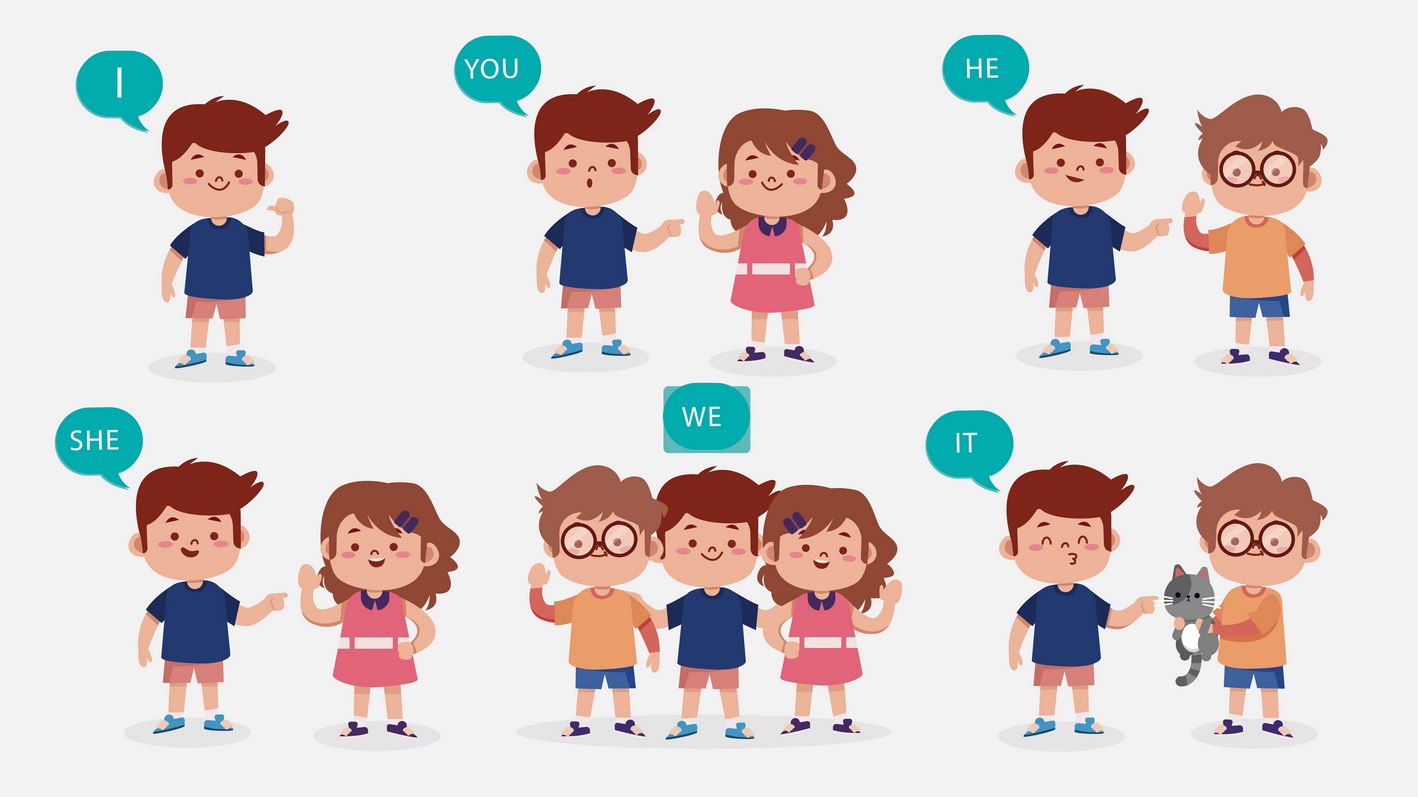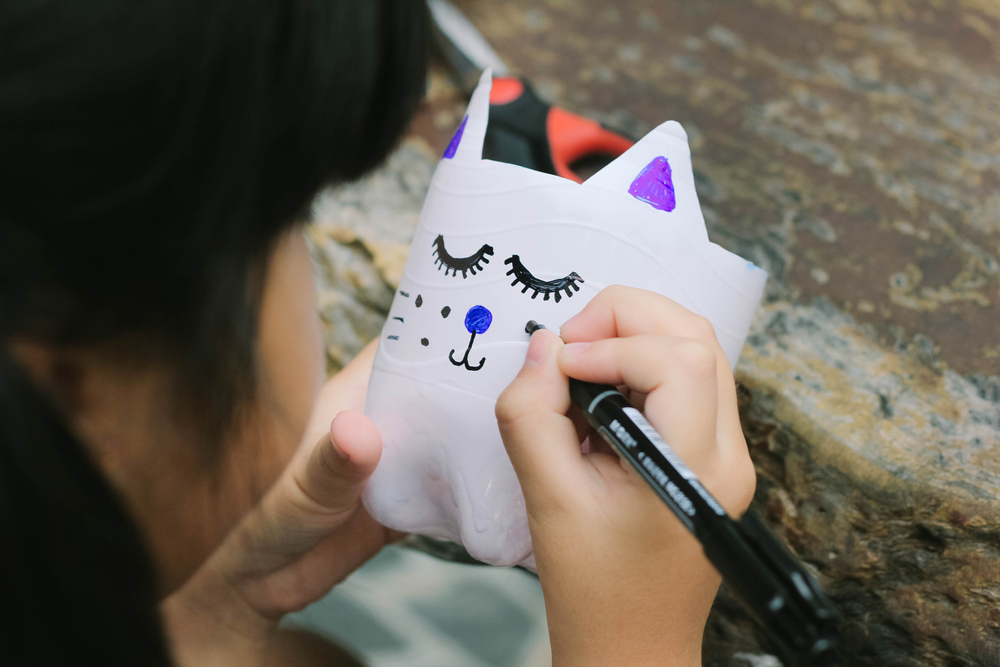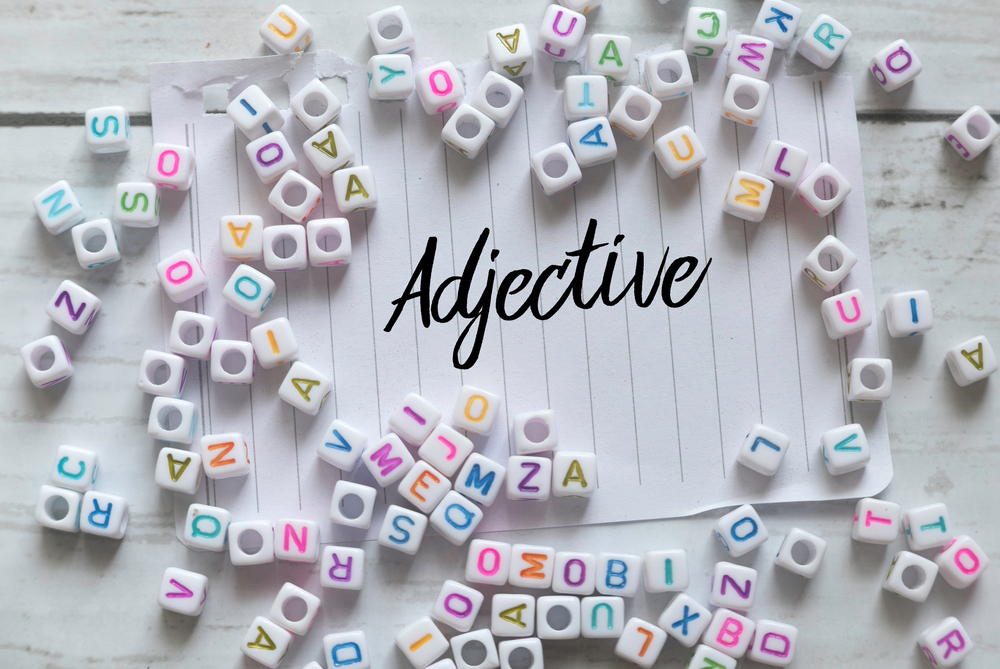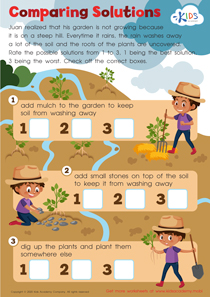Sorting worksheets activities for 8-Year-Olds
2 filtered results
-
From - To
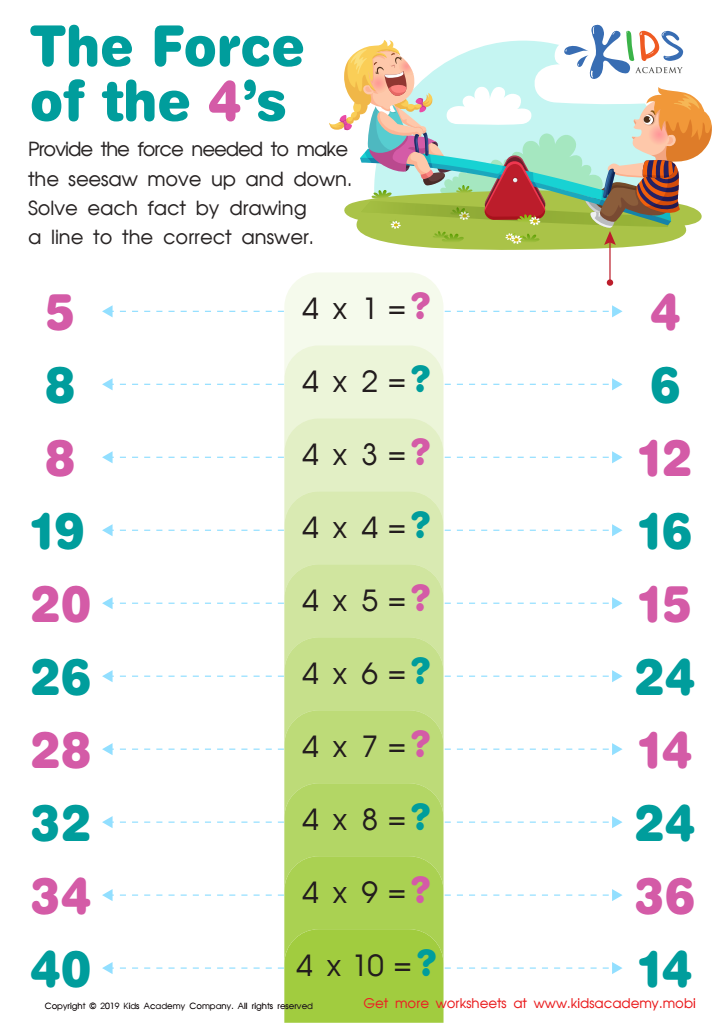

The Force of the 4's Worksheet
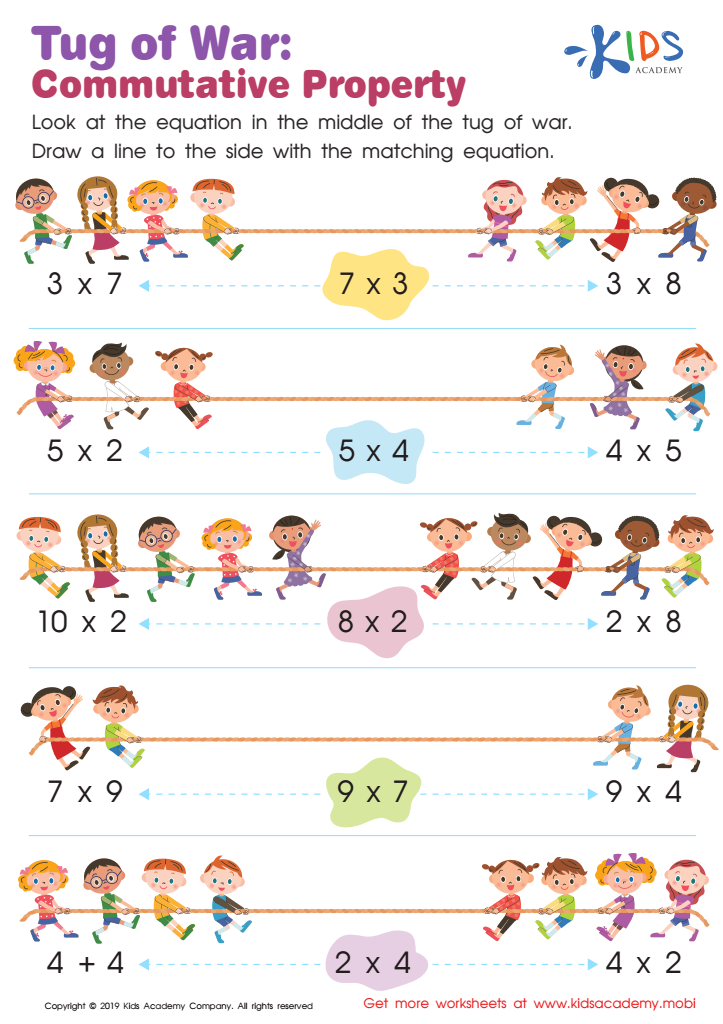

Tug of War: Commutative Property Worksheet
Sorting worksheets activities are an integral part of early childhood and primary education curriculum, offering a plethora of benefits to students across various age groups. These activities are not just about arranging objects or numbers in a specific order; they are foundational tools that help in enhancing cognitive skills, critical thinking, and problem-solving abilities in young learners.
First and foremost, sorting worksheets activities provide a hands-on learning experience that is both engaging and educational. By categorizing items based on different attributes such as size, shape, color, or type, children develop observation and analytical skills. This method of learning encourages active participation and ensures that the concepts learned are retained for a longer period.
Moreover, sorting is a fundamental mathematical skill that lays the groundwork for more complex operations like addition, subtraction, and even algebra in later years. Through sorting worksheets activities, children learn to identify patterns, a skill that is vital in mathematics and science. By recognizing similarities and differences, students can make predictions, see relationships, and understand the concept of sets and classifications.
In addition to academic benefits, sorting worksheets activities also promote the development of fine motor skills. As children manipulate small objects to sort them according to the criteria given, they refine their hand-eye coordination and dexterity. This is particularly beneficial in the early stages of writing and drawing.
Furthermore, these activities can be incredibly versatile, adaptable to different themes, and tailored to meet various educational objectives. Whether in a classroom setting or at home, sorting worksheets can be customized to challenge the learner's ability, keeping the activity both stimulating and enjoyable.
In conclusion, sorting worksheets activities are invaluable in fostering a well-rounded education. They not only support the development of essential mathematical concepts and cognitive skills but also enhance physical development and encourage a love for learning through interactive engagement.

 Assign to My Students
Assign to My Students




.jpg)
